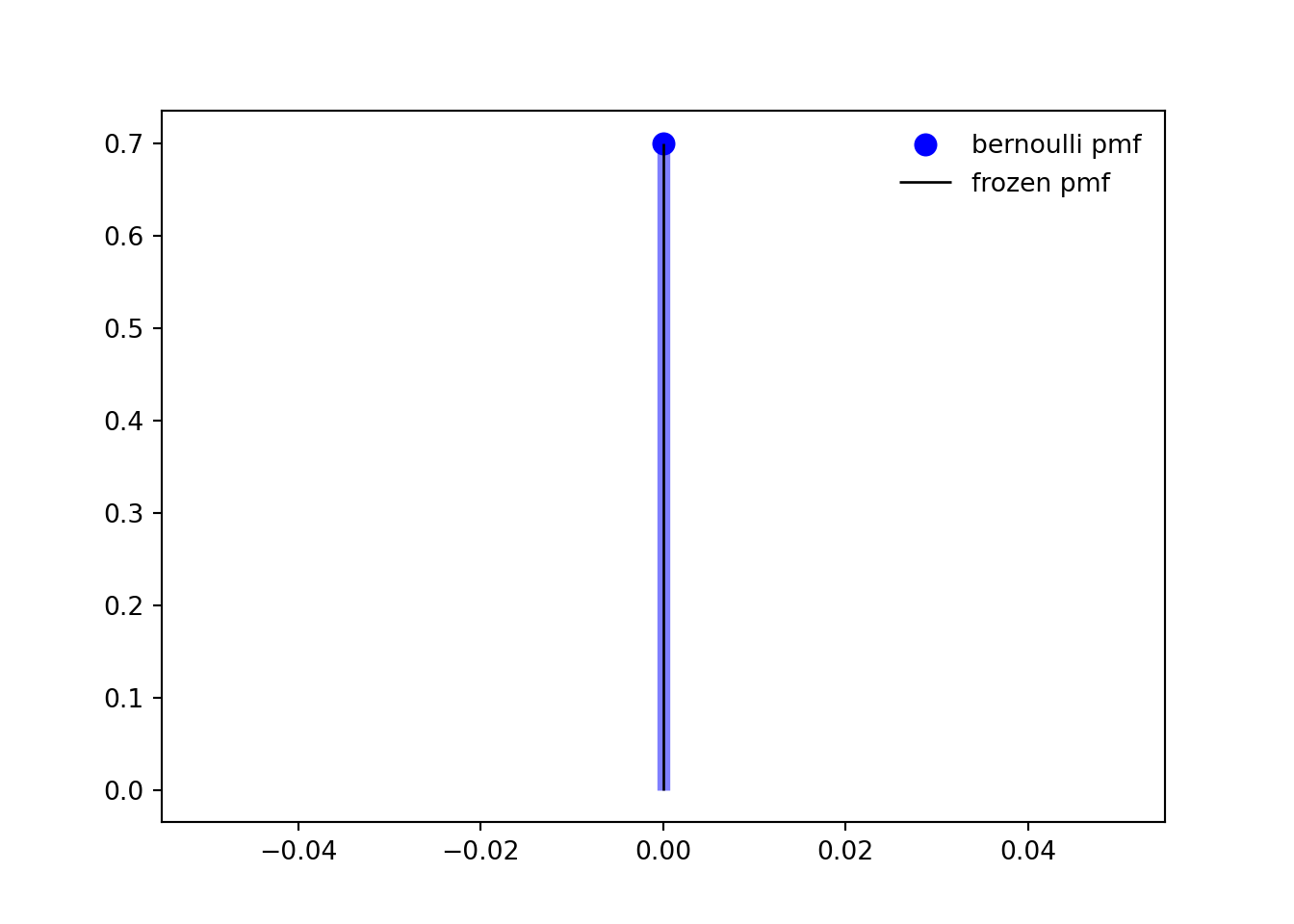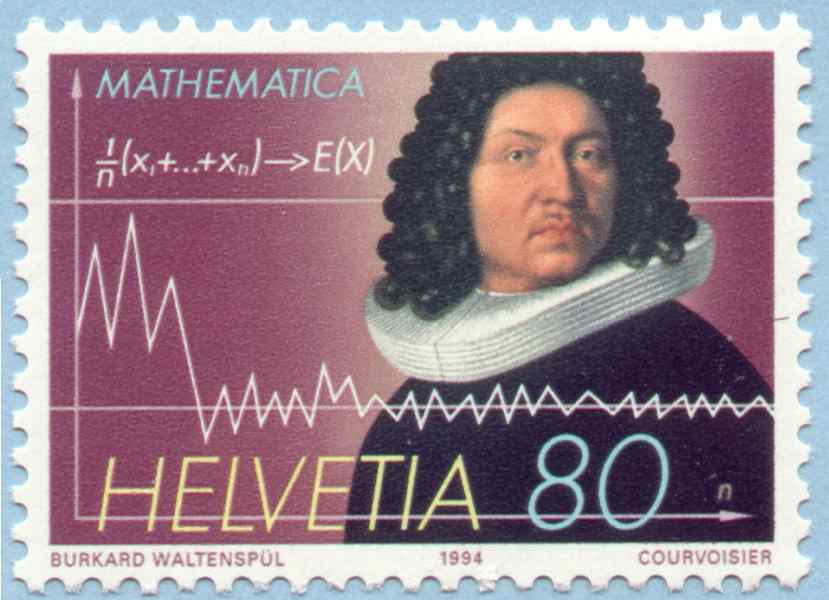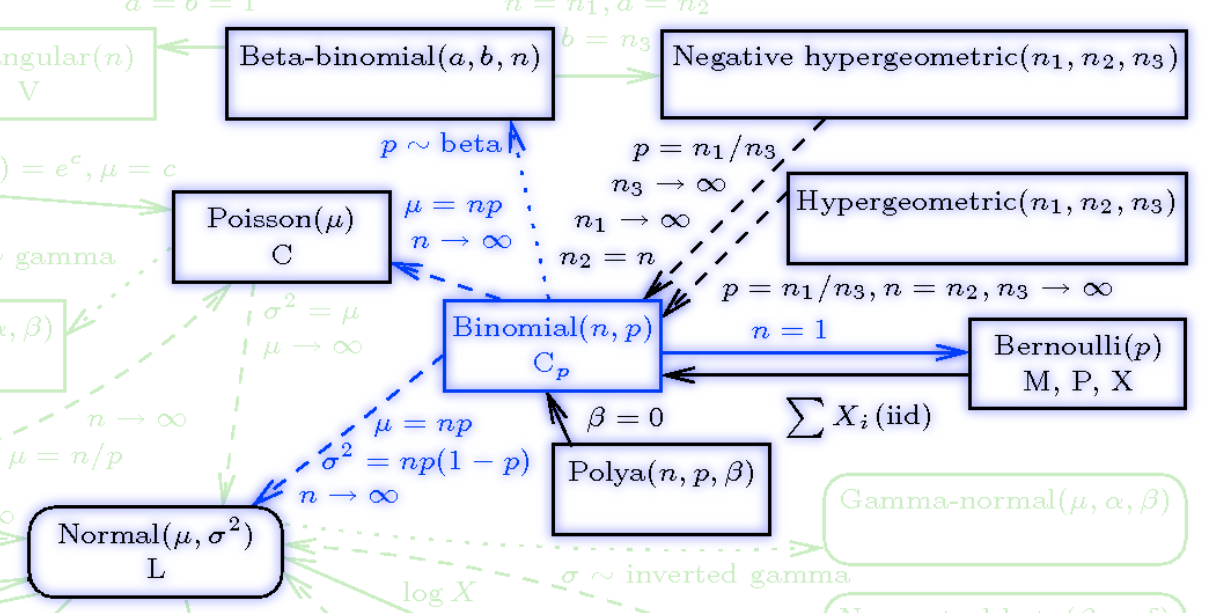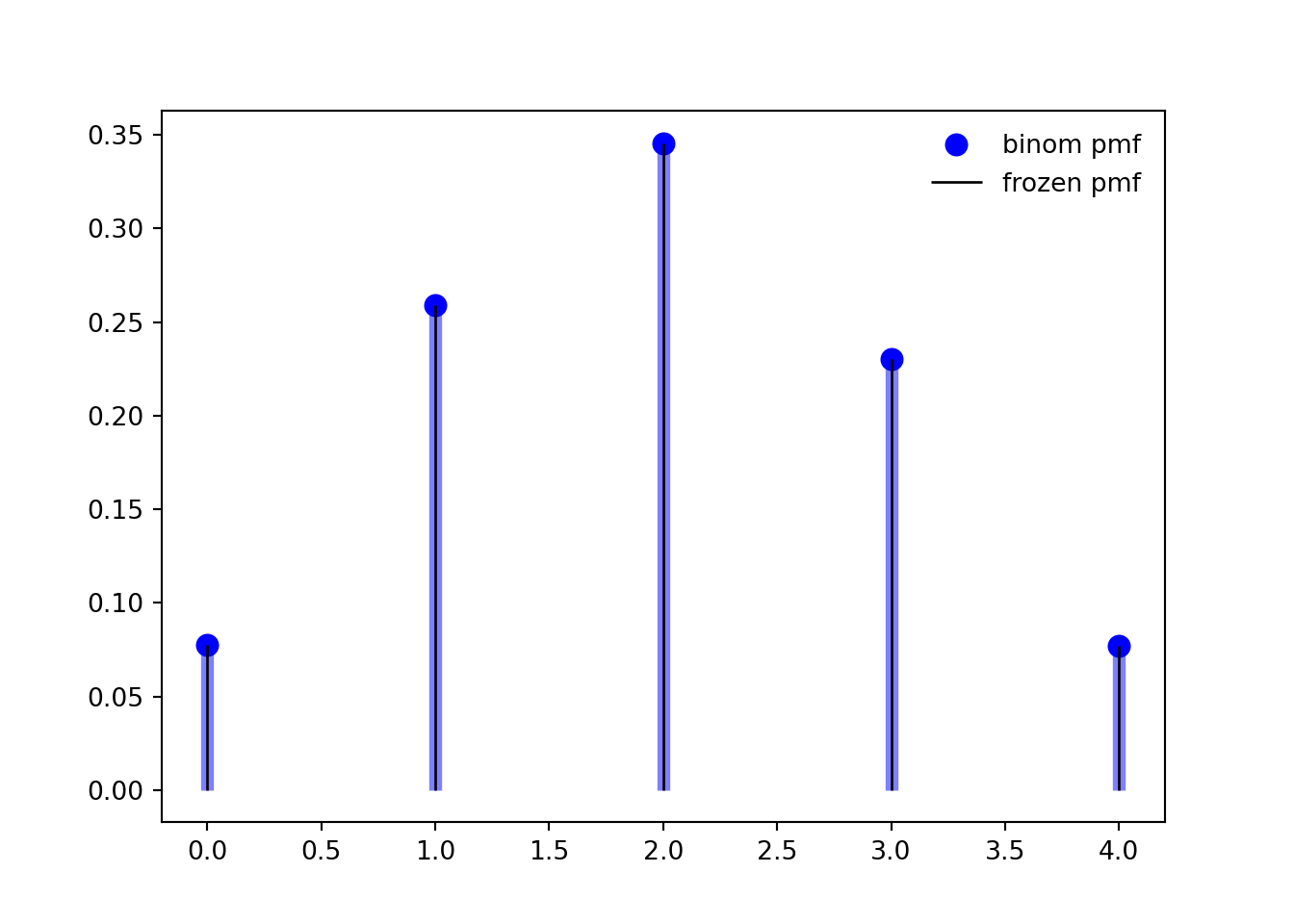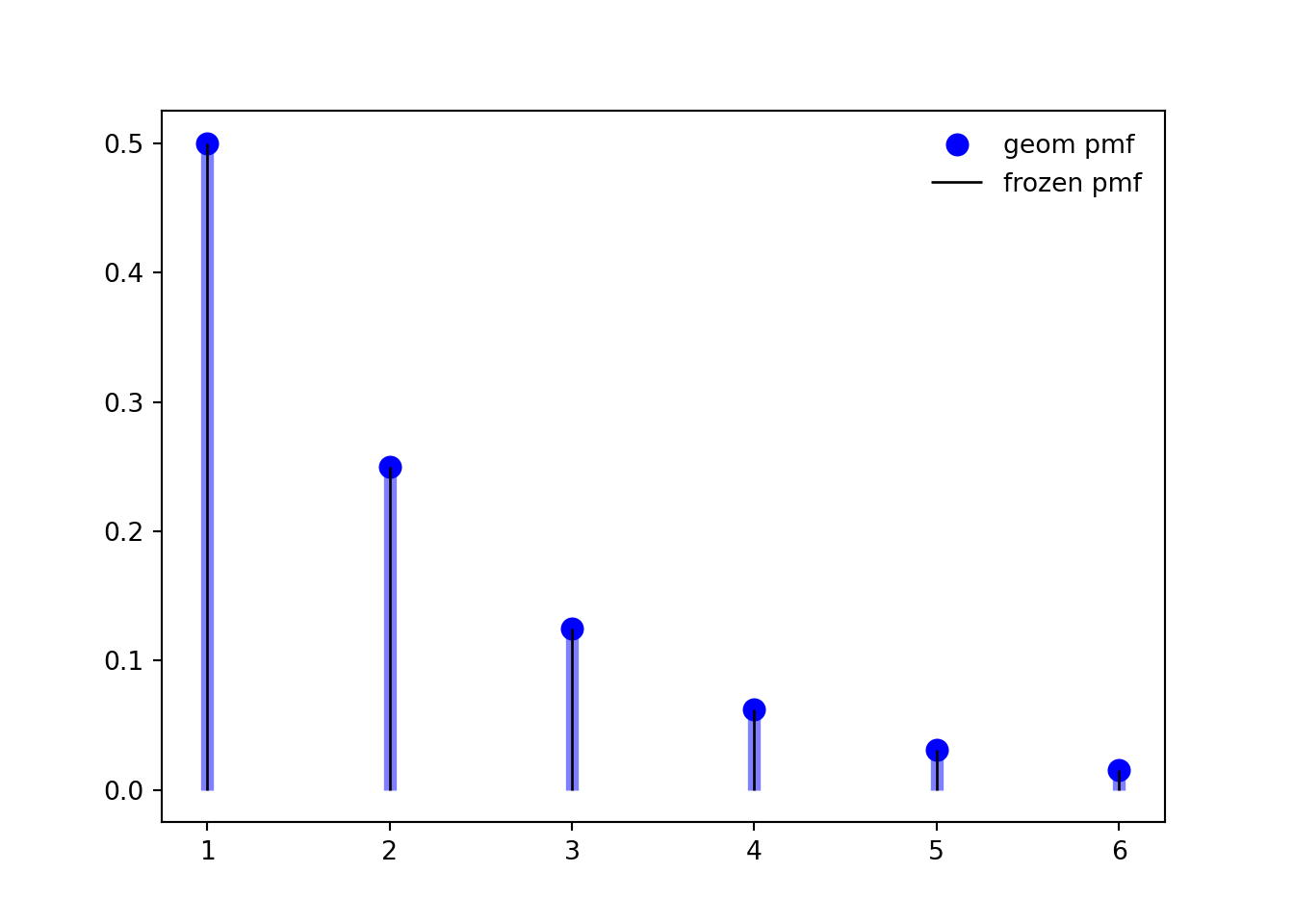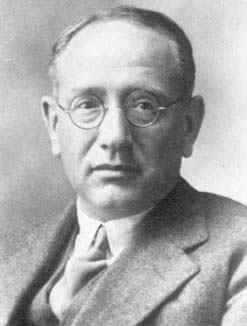The cookbook gives a detailed description of ingredients and procedures but no proofs for its prescriptions or reasons for its recipes; the proof of the pudding is in the eating … Mathematics cannot be tested in exactly the same manner as a pudding; if all sorts of reasoning are debarred, a course of calculus may easily become an incoherent inventory of indigestible information. (Polya 1945)
Pólya was arguably the most influential mathematician of the 20th century. His basic research contributions span complex analysis, mathematical physics, probability theory, geometry, and combinatorics. He was a teacher par excellence who maintained a strong interest in pedagogical matters throughout his long career.
He was awarded a doctorate in mathematics having studied, essentially without supervision, a problem in the theory of geometric probability. Later Pólya looked at the Fourier transform of a probability measure, showing in 1923 that it was a characteristic function. He wrote on the normal distribution and coined the term “central limit theorem” in 1920 which is now standard usage.
In 1921 he proved his famous theorem on random walks on an integer lattice. He considered a d-dimensional array of lattice points where a point moves to any of its neighbors with equal probability. He asked whether given an arbitrary point A in the lattice, a point executing a random walk starting from the origin would reach A with probability 1. Pólya’s surprising answer was that it would for d=1 and for d=2, but it would not for d\ge 3. In later work he looked at two points executing independent random walks and also at random walks satisfying the condition that the moving point never passed through the same lattice point twice.
One of Pólya’s notable achievements was his collaboration with the economist Abraham Wald during World War II. They developed statistical techniques to solve military problems, including estimating enemy troop movements and predicting the effectiveness of bombing missions. These contributions played a vital role in aiding the Allies during the war.
His book “How to Solve It,” published in 1945, presented problem-solving heuristics applicable to various mathematical domains, including probability and statistics. This influential work emphasized the importance of understanding the problem, devising a plan, executing the plan, and reflecting on the results. Pólya’s problem-solving strategies continue to be widely taught and practiced.
For a more extensive biography visit the following link
